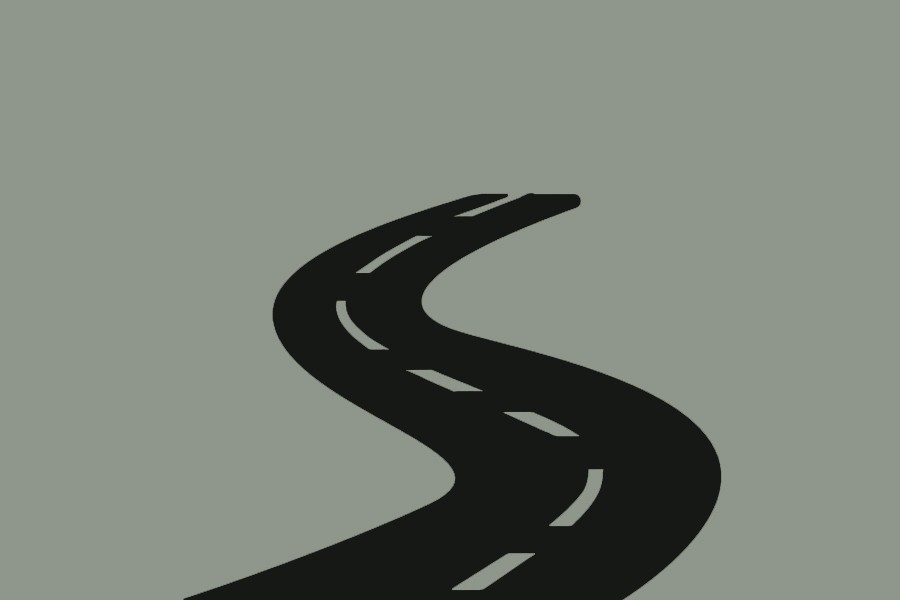Regional highways or vital inter-district roads have continued to be inaugurated across Bangladesh over the last 8-10 years. At present, their total length is 4,206.121 kilometres (km) with the number of highways reaching 121. Alongside them, a network of 67 large and medium highways covers a large portion of the country. They include the most important national highways. The premier of them is, of course, the approximately 250-km or 160-mile Dhaka-Chattogram 4-lane highway. It has been upgraded to 4-lane from a 2-lane highway in a period of six years -- from 2010 to 2016. If the highway's distance up to Teknaf is taken into account, its length comes to 455 km. The national highways also include the Joydevpur-Mymensingh 4-lane highway, which is commonly known as the 115-km Dhaka-Mymensingh highway. Apart from them, the country can take pride in its 633 district-based roads and their branches running through the sub-district areas.
Outwardly, in the context of engineering and infrastructural accomplishment and also the broad network connectivity, there is ample reason for the nation to feel proud of. That a small country like Bangladesh has so many roads and highways throughout the land is itself an achievement. Moreover, the enthusiasm and the drive for them show few signs of fading. There are flip sides though. The menaces of sloppy maintenance of the roads and large-scale defiance of the basic rules by the users keep eating into the vitals of the otherwise impressive road communication network. The bane starts with the freestyle use of the highways kept apart for exclusive use by motorised vehicles. The ground reality shows a veritably reckless plying of makeshift and non-mechanised vehicles on these highways. The highways have been declared off-limit to the mechanised or non-mechanised tricycles and rickshaw vans. The list also includes the so-called 'legunas' or tempos. These transports, haunted by the dreaded hazards of collisions with high-speed larger vehicles have lately continued to horridly evoke the spectres of deaths and accidents. Sadly, these hazards afflict the commuters and drivers alike.
This grim turn of the highway-related episode reminds many of the lack of a basic prerequisite. There have virtually been no effective awareness drives targeting the road users. Apart from the media circulars, there should have been repeated and easily accessible campaigns to make the ignorant drivers and passengers aware of the dangers of operating and travelling by vehicles, declared unfit for highways. Unfortunately, it has not happened. The authorities concerned appear to have completed their task by merely opening the roads to public use. Without mincing words, this sums up the sorry state of affairs with most of our highways.
Authorities in few countries in the world are found letting their people adopt a devil-may-care attitude to the use of the nationally important highways. The position of the authorities concerned appears to be one of careless abandon. The nonchalance and the lack of sense of responsibility on the part of transport operators and law enforcers centring around road safety issues continue to lead to a mounting figure of highway accidents. The blight is not limited to particular highways. It is spreading throughout the country's much-publicised road networks with a menacing regularity turning human lives into playthings. The dance of death on the highways must be stopped forthwith.


